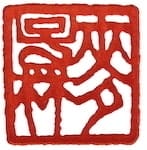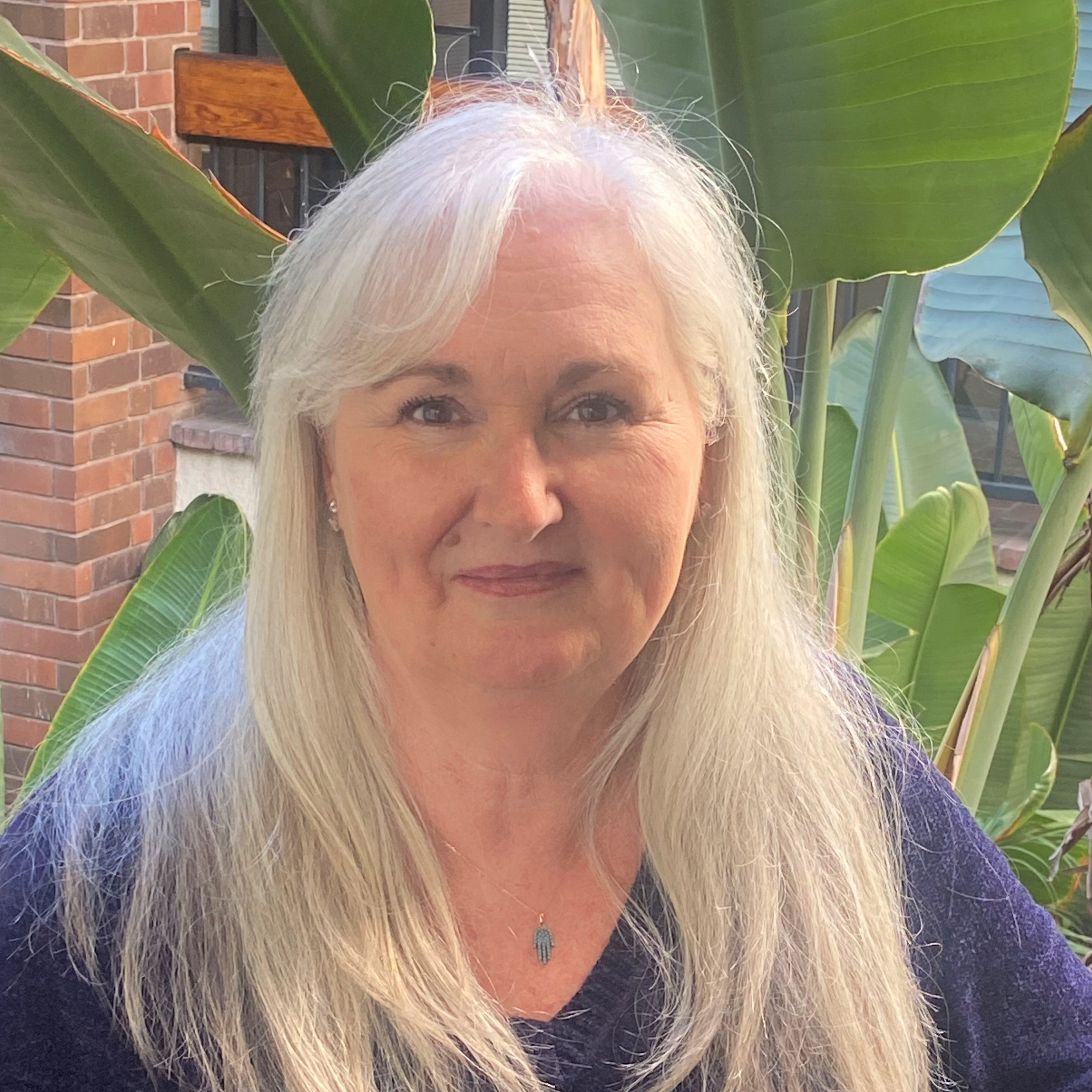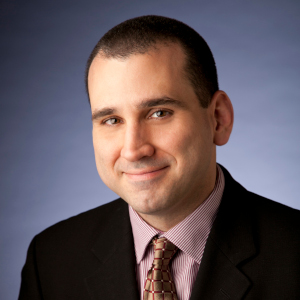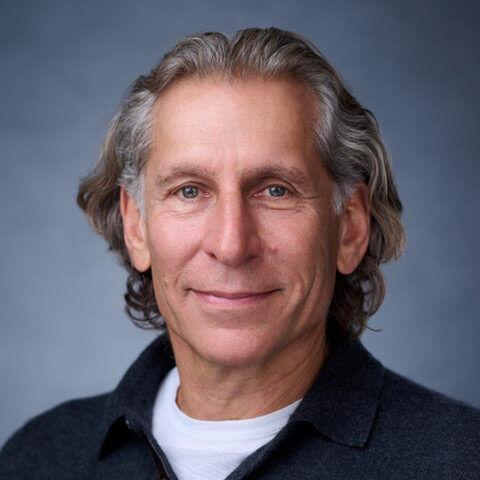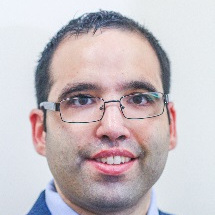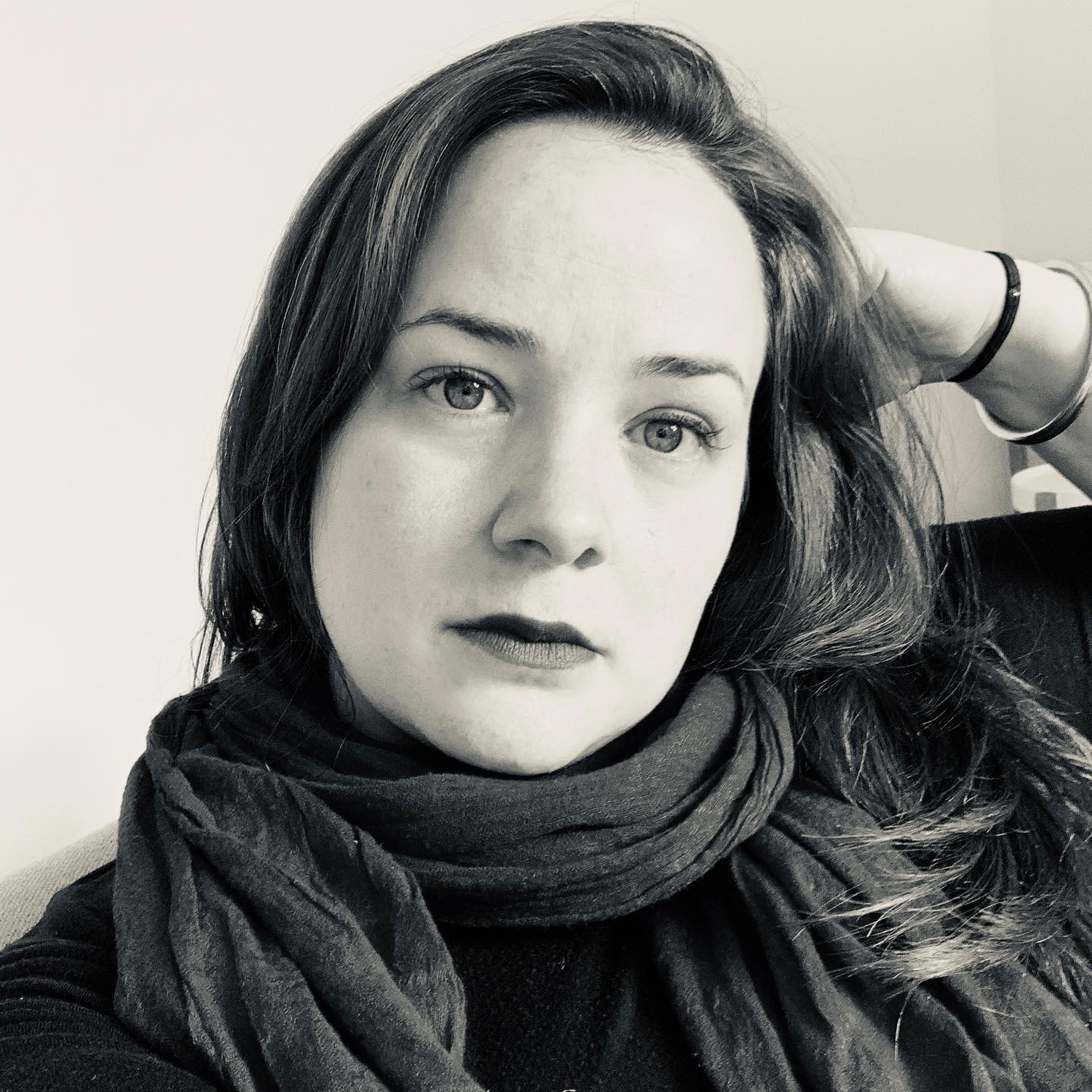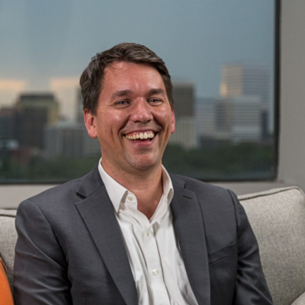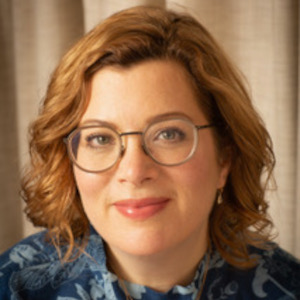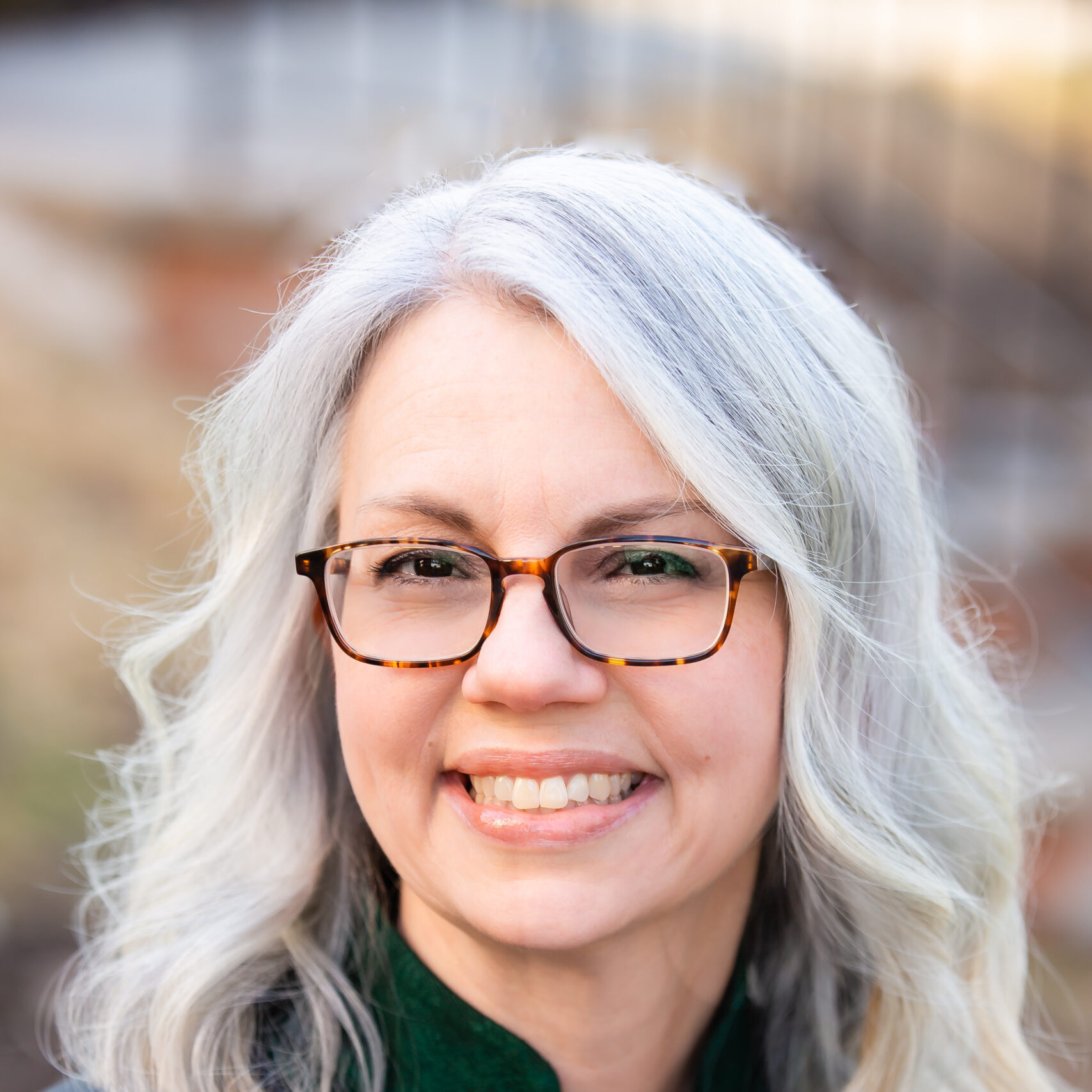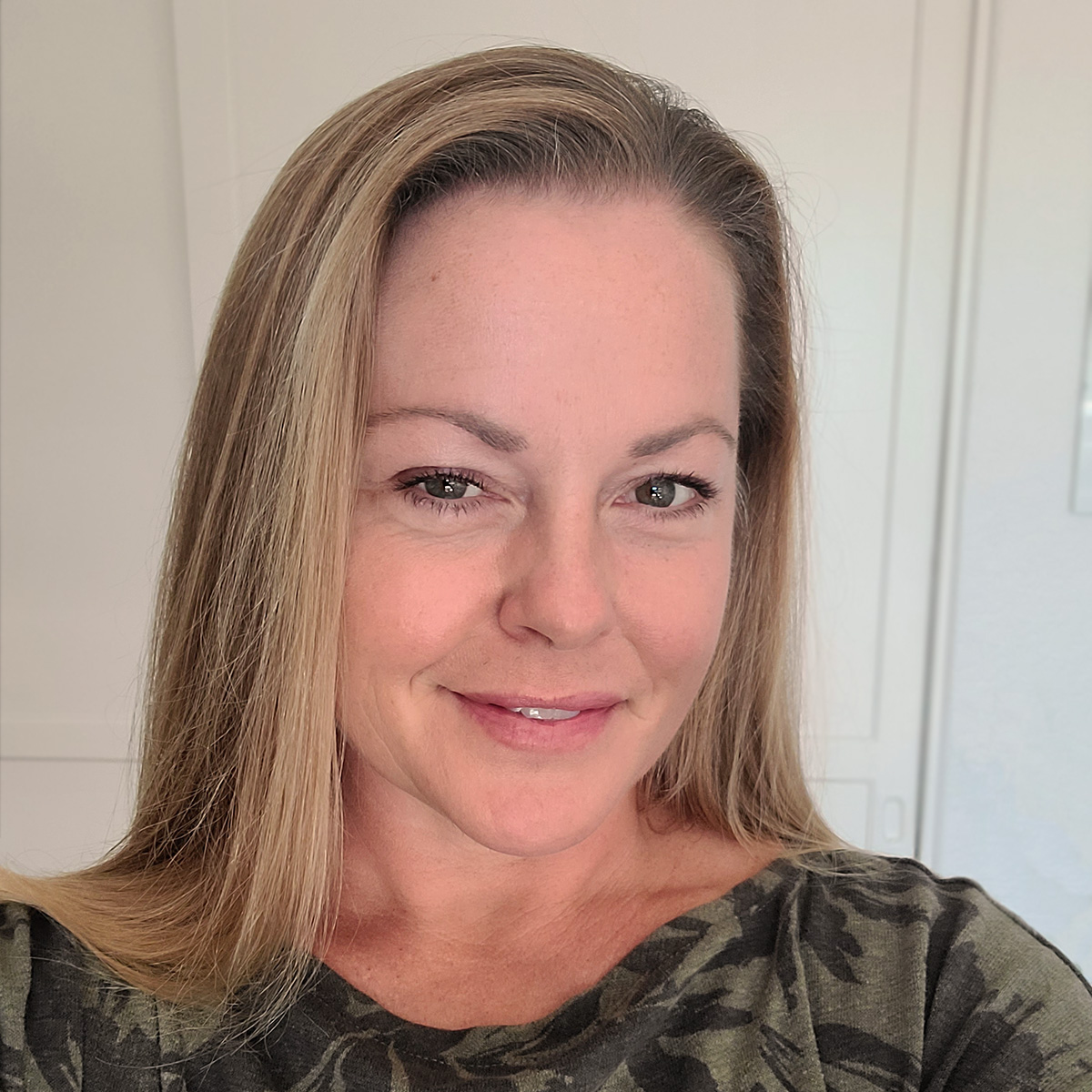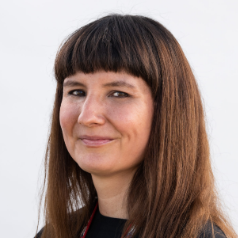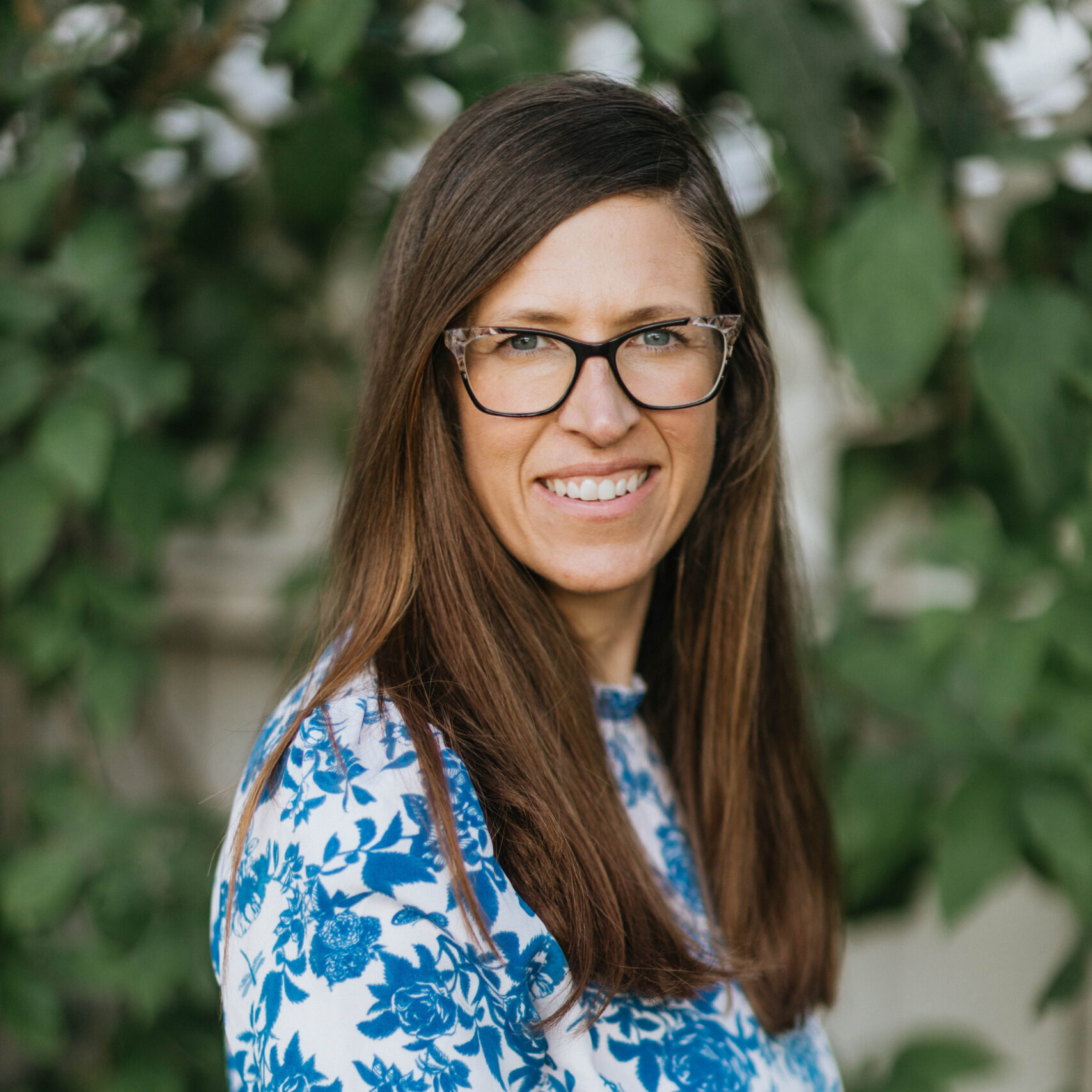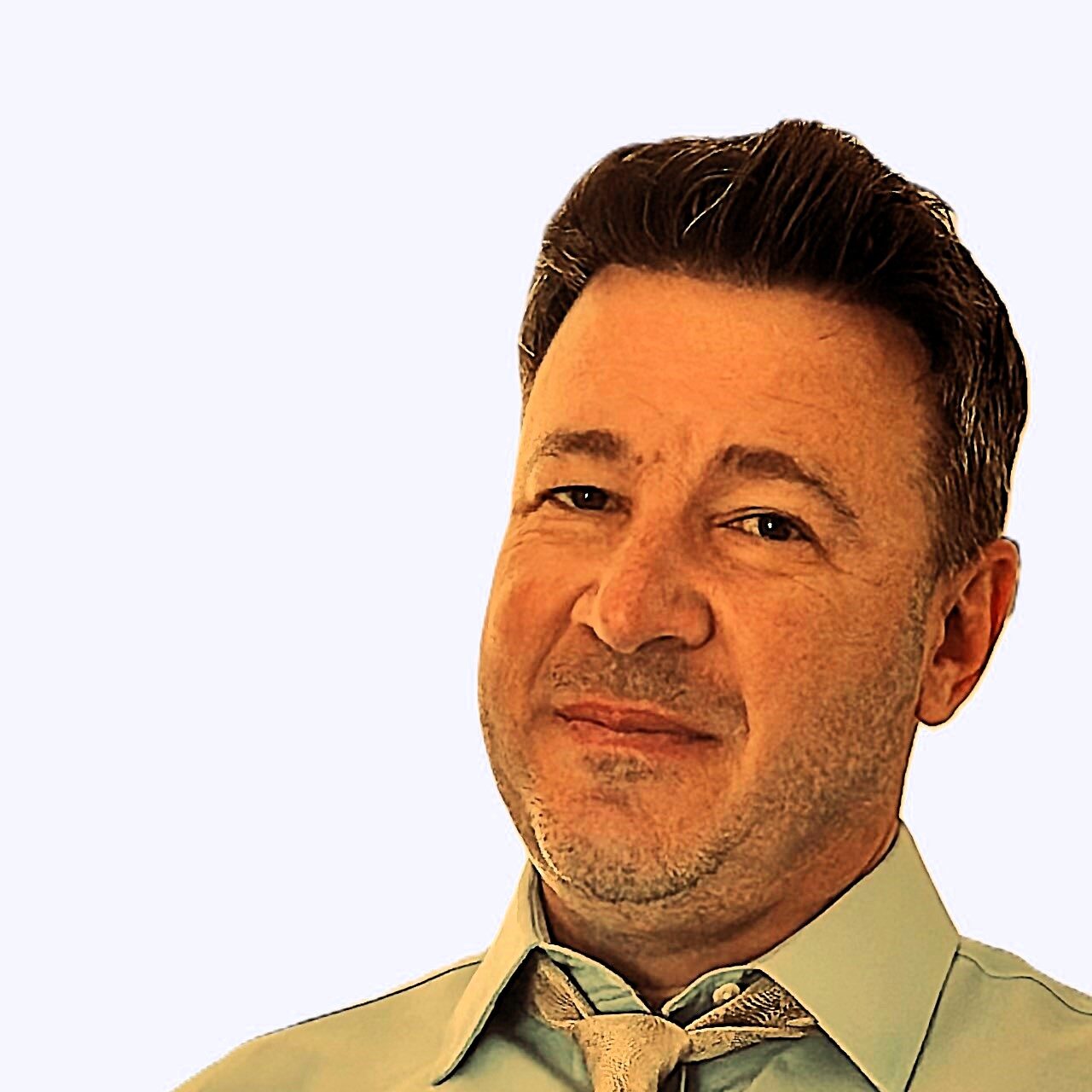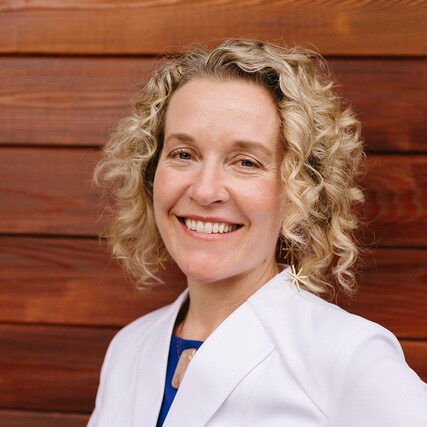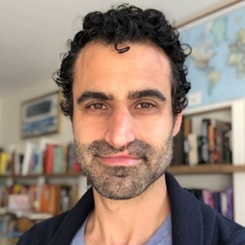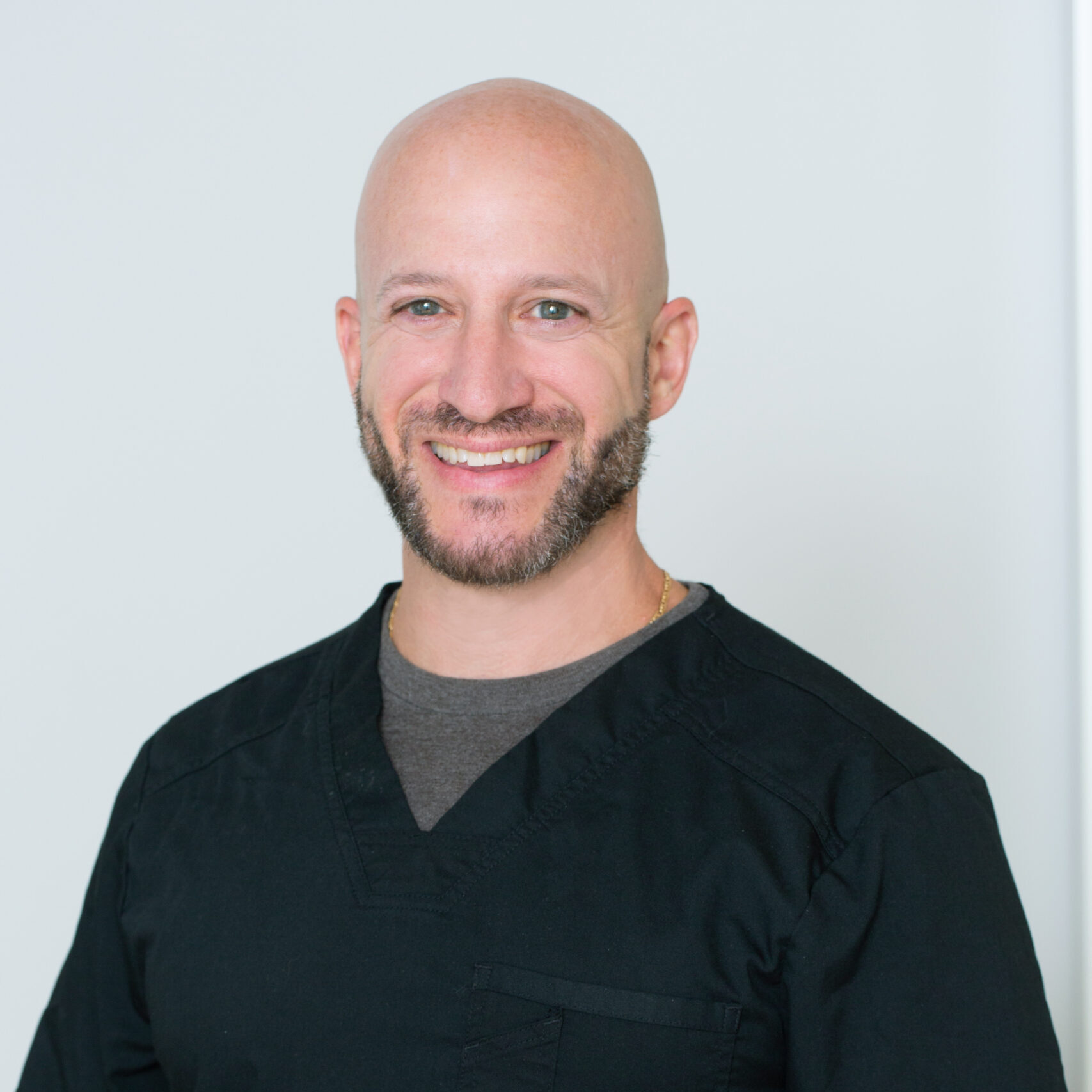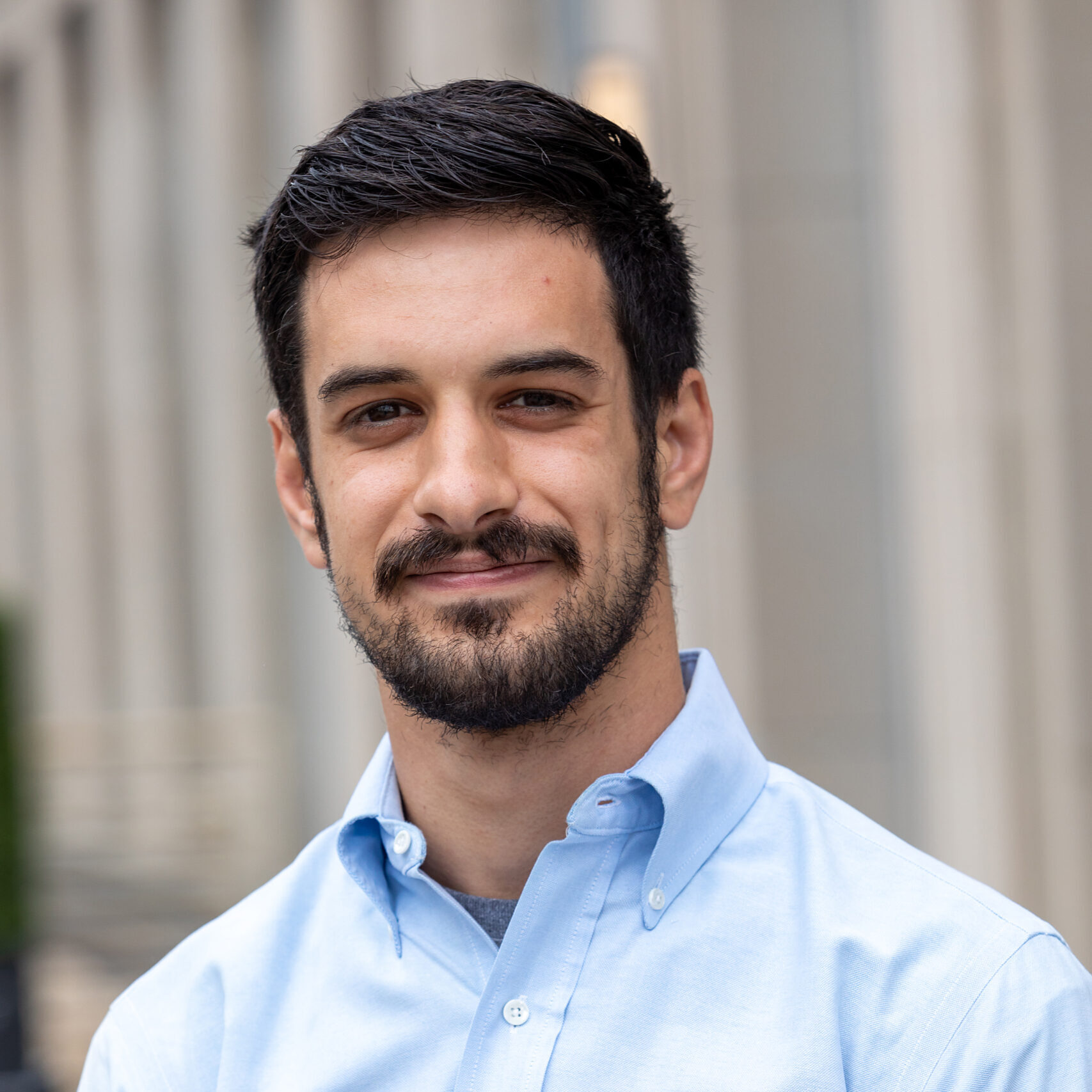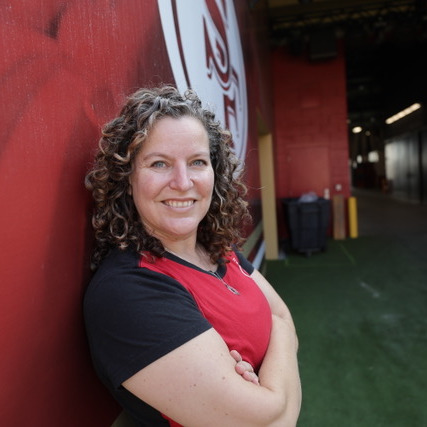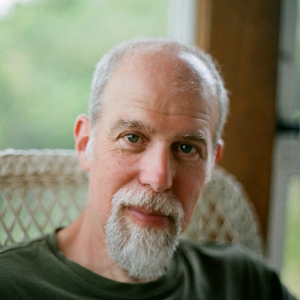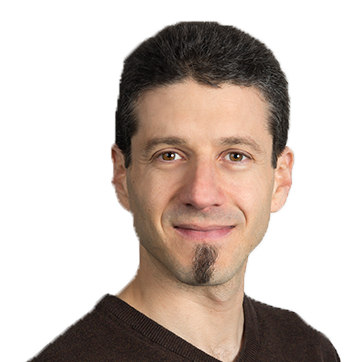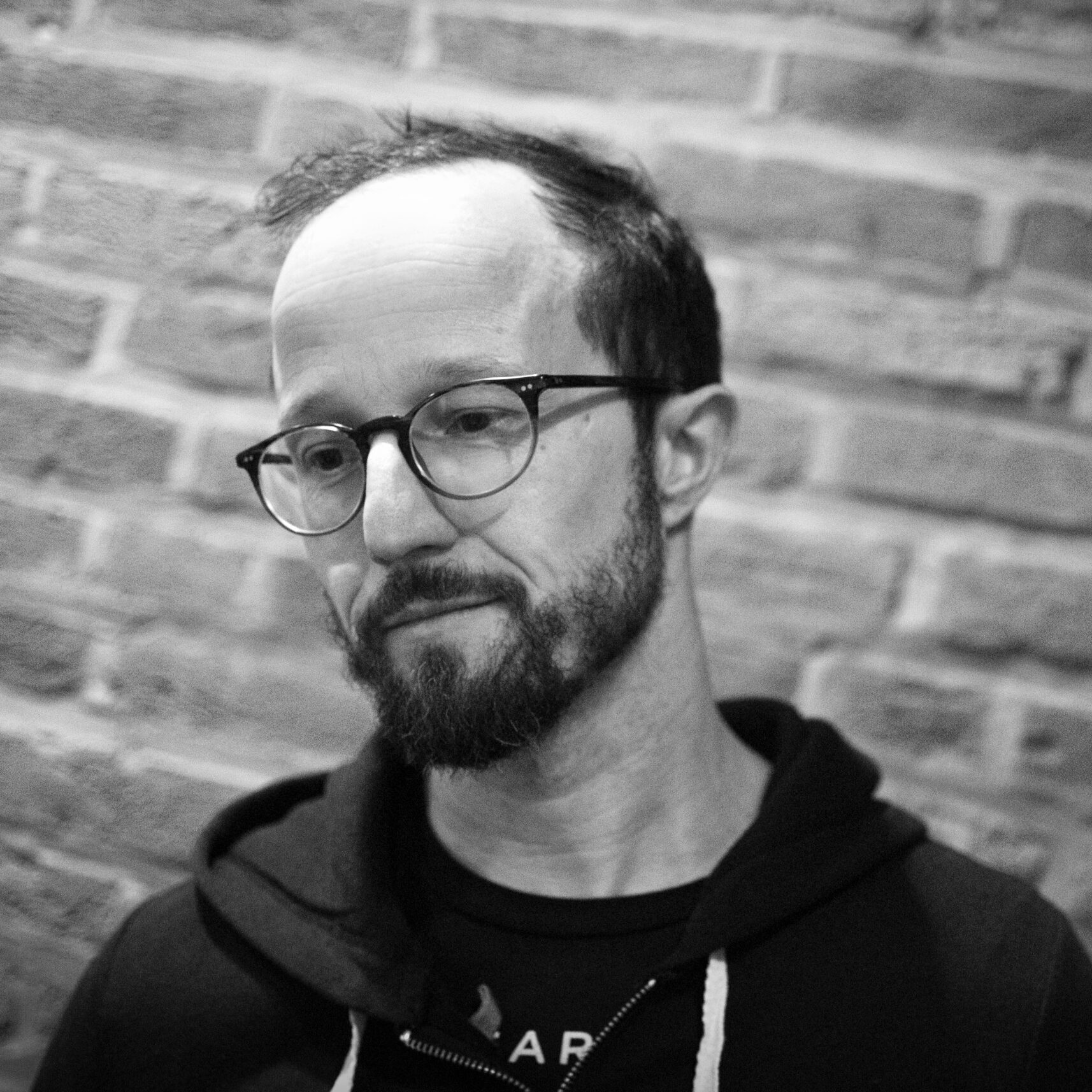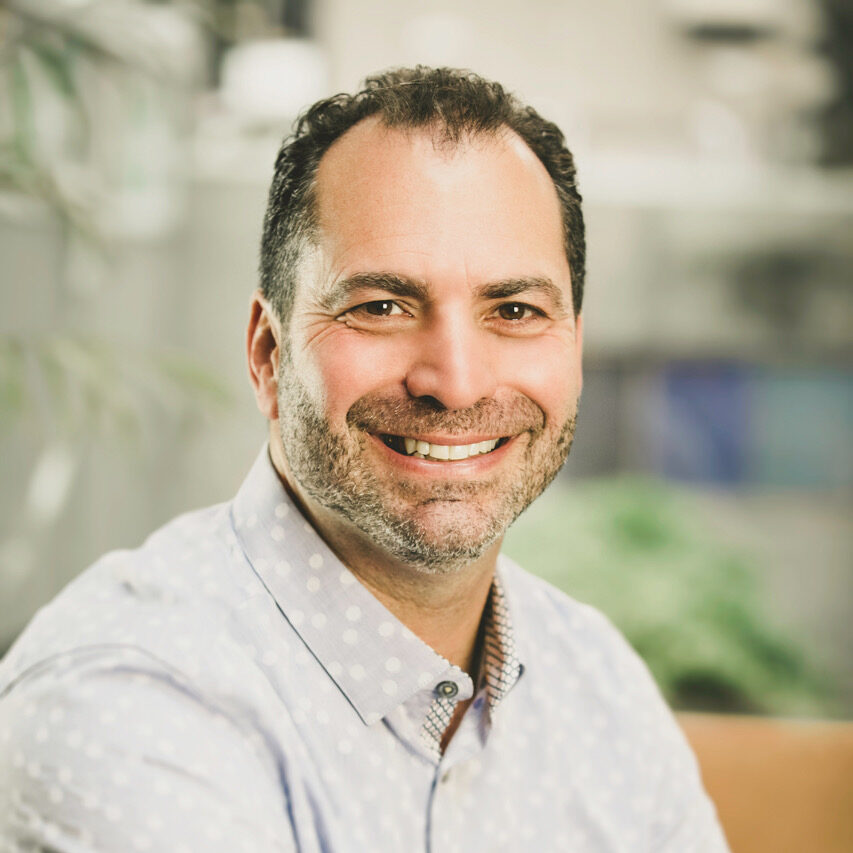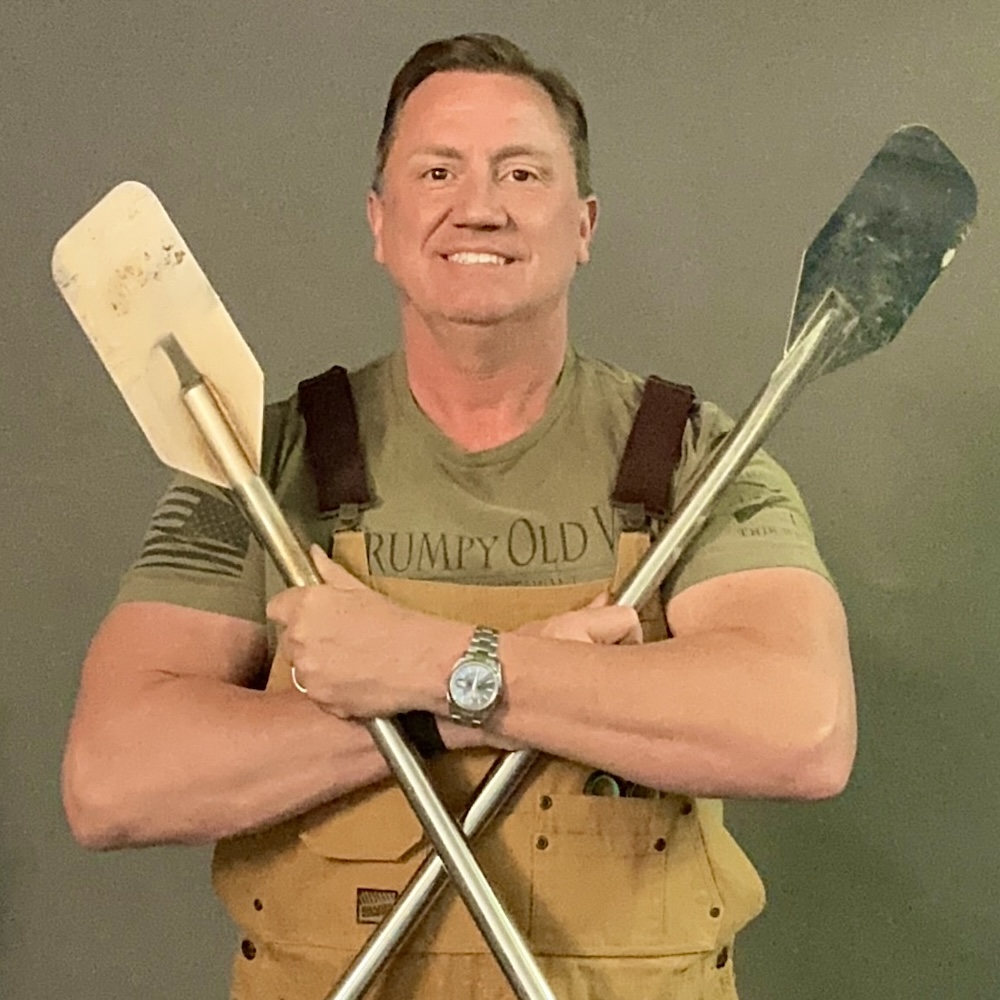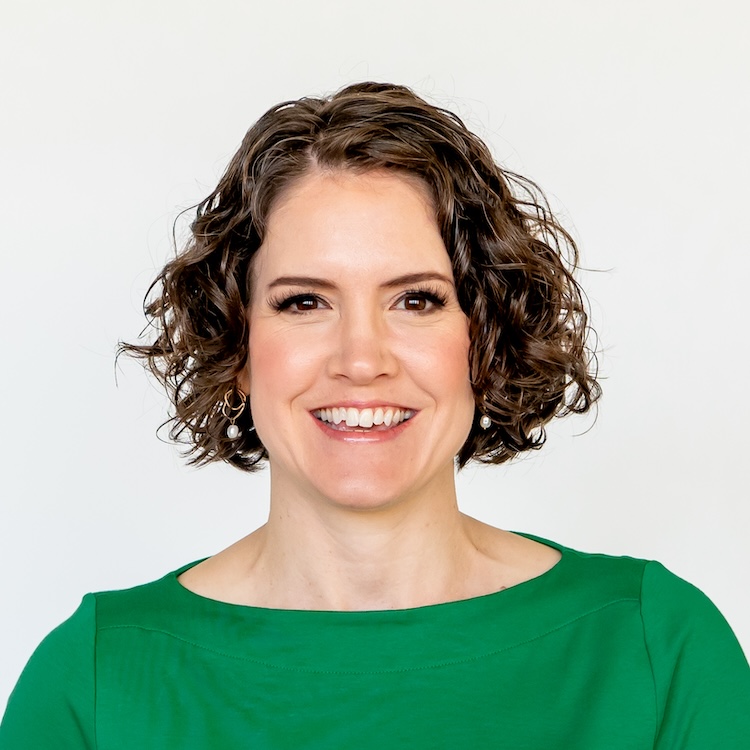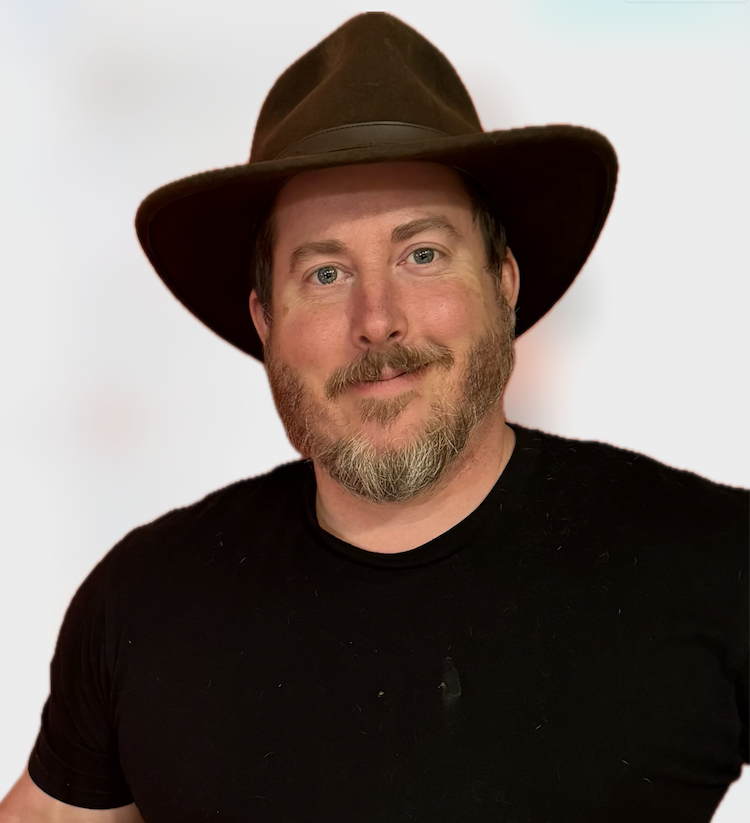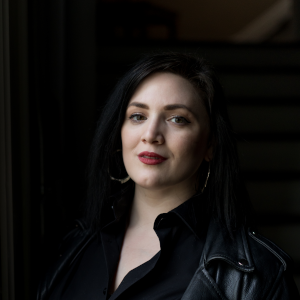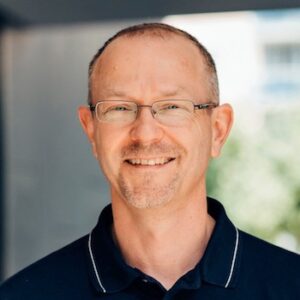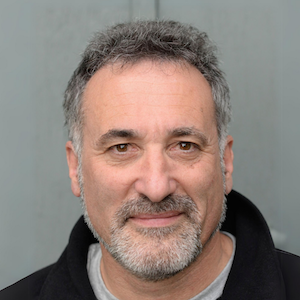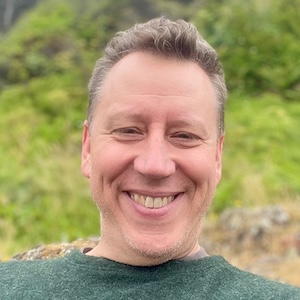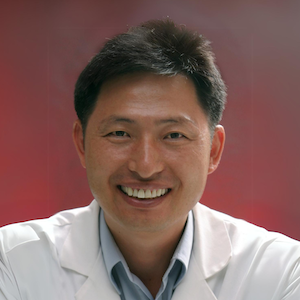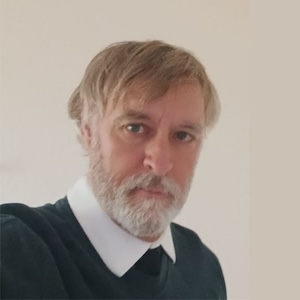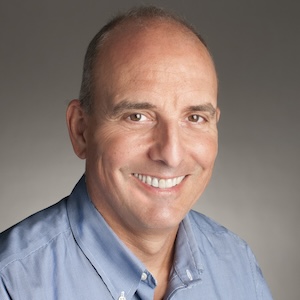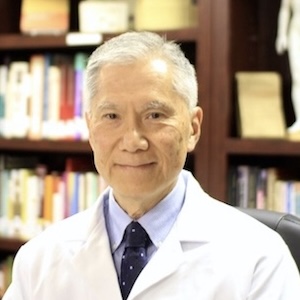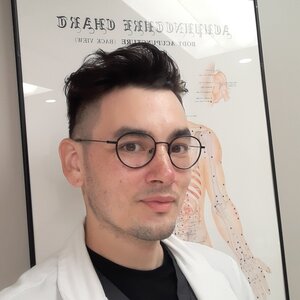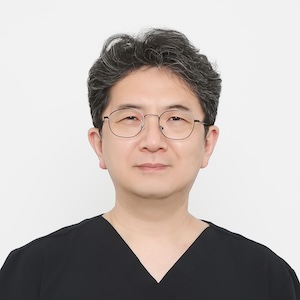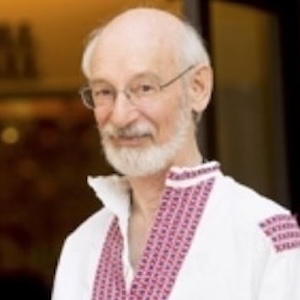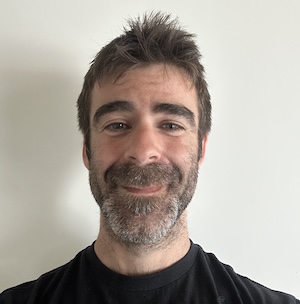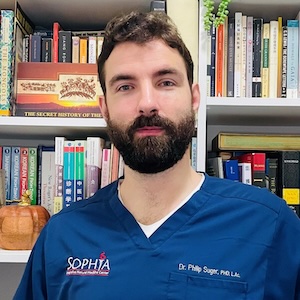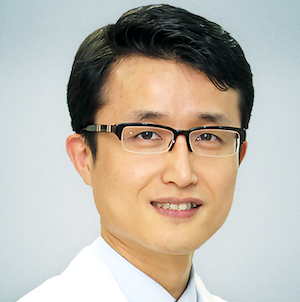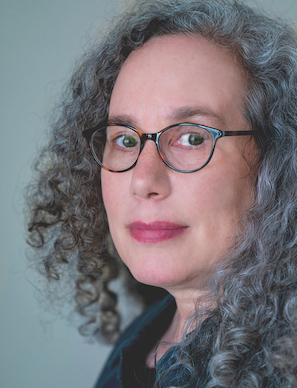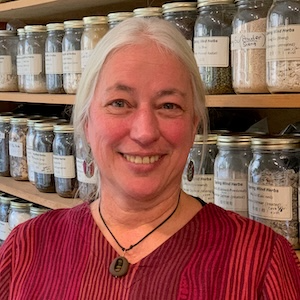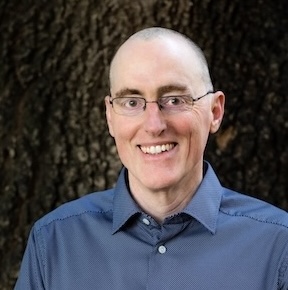Has anyone used the methods in Dr. Hon's class? I've seen the ideas he presented on the web.
I like how the Six Qi are presented as opposites in the 3 levels corresponding, sort of, to Maslow's Hierarchy of Needs.
Tai Yin/Yang Ming- dis/satisfaction with material goods
Shao Yin/Tai Yang- dis/satisfaction with relationships
Jue Yin/Shao Yang- dis/satisfaction with acheivement
Has anyone seen a better outcome using the distinct needling methods he talked about?
I learned Saam originally from Toby Daly and I have found this satisfaction / dissatisfaction framing to be fully coherent with that approach - it has really helped me to more fully expand my Saam applications , particularly in the mental / emotional realms and how I pose questions to my patients to parse out the case.
"Has anyone used the methods in Dr. Hon's class? I've seen the ideas he presented on the web.
I like how the Six Qi are presented as opposites in the 3 levels corresponding, sort of, to Maslow's Hierarchy of Needs.
Tai Yin/Yang Ming- dis/satisfaction with material goods
Shao Yin/Tai Yang- dis/satisfaction with relationships
Jue Yin/Shao Yang- dis/satisfaction with acheivement"
This scheme is the theory about mental-emotional energy developed and proposed originally by Dr. Kim, Hong-Gyeong, one of the major influences in Saam acupuncture in Korea and the originator of my style of Saam. His original Korean term for the theory is 유심론 (Yu Shim Ron / 唯心論) meaning literally "theory of categories of the mind/heart/Shen" (Shim is the Korean term for Shen or heart). Since it involves as a major idea that the meridians also carry not only energy that will regulate physiological processes but also mental-emotional reglating energy, Dr. Choo has translated it as "mind-path theory" or "mind-path meridianology".
The major idea behind his scheme was to integrate the emotional states described with the Trigrams in the I Ging in relation to the Six Qi and 12 main meridians plus Dumai and Ren Mai as it was concluded by him when learning from his I Ching and Buddhist teachers.
This is as text fragement of my teachers Korean book on the life and works Kim, Hong-Gyeong just published recently in Korea:
"Kim Hong-Kyung first learned the I Ching from Asan Kim Byung-Ho in 1979. He recalls Asan as an eloquent speaker with profound knowledge and excellent memory. Asan presented two methods to understand the I Ching: meditating on the hexagrams and memorizing the text, akin to studying Buddhist doctrines. This approach helped Kim understand the relationship between the I Ching and Oriental medicine, particularly in the context of the "Medical Introduction" which stated, "After learning the I Ching, one can discuss medicine."
Asan's teaching led Kim to see the I Ching not as a tool for divination but as a scripture for cleansing the mind, a perspective he emphasized to his students."
Some of Kim, Hong-Gyeong's major ideas about the I Ching and it's relation to Oriental medicine are published in Korea in the books "Invitation to Dongui (Eastern Medicine) from 1990 and "Exploration of I Ching for Health" from 1991.
Best regards
Andreas
@bruechasiatische-medizin-com Thank you so much for that elucidation. That was quite helpful! 🙂
@bruechasiatische-medizin-com I'm guessing not many of these books are in English? Or in print anymore? Was I correct in remembering Andreas; you spoke of first considering treating into the 3 levels (human needs)...before 14 main meridian theory...with your style? I see that you begin to talk of the Du and the Ren...and I appreciate a lot of people put these two channels with the 12 main channels...but it also opens up the discussion around the 8-extra channels...does your style begin to incorporate the extra channels?
Regards
Ash
@waltem8 ...I have been using Dr Hon's 'SaAm comprehensive method' for patients who are needle phobic...or extra sensitive. I have found it very useful to build someone up before getting out my 0.40 gauge needles and giving them a friendly shove 🙂 I find that when I am working with a patient and their emotions are right on the surface (say with trauma); they will take their Western world boots anywhere else than return to my confronting clinic...of .40 gauge needling. Further, I am treating with SAAM in my student clinic...and my Japanese style supervisors are not at all interested in me using bigger gauges 😛 (no sense of adventure!!)
Regards
Ash
Hi @ashwontok,
None of these books are available in English translation. The only one out there from Kim, Hong-Gyeong is "An Invitation to Eastern Medicine: A Delightful Journey into an Abstruse World" published in 2004 in English language. But it also might be hard to get internationally as a print because it was just published by the Saam Nonprofit Acupucture Service (from the Korean SaAm Acupuncture Society). So a kind of non-official publication without ISBN. But there are some PDFs of it you might find in the internet.
Regarding the psychoemotional 3 levels and Du and Ren I do not quite understand your question. Can rephrase it or ask more in detail?
In general, you can combine the Opening points of Du/ Ren and of the other Extraordinary Vessel (or any other points of course) freely without any problems with Saam strategy as long as it makes sense.
Best regards
Andreas
Hi @bruechasiatische-medizin-com
Question 1:
I guess my question is about treatment strategy. Hypothetically, I have a patient who has had chronic back pain (main complaint) and is off work, he has anxiety (about being off work) and also his love relationship is falling apart (causing him depression). So...would the strategy be to focus on the 3-levels ...or target say SI+ supplementation for dynamic movement of blood stasis.
I can appreciate there may be no rules/strategies...I thought I had heard you discuss this in your presentation.
Question 2:
Ren/Du channel related...I have heard much discussion about possibly 'freestyle' use of other systems/extra needles can lead to 'diluting' the SAAM supplementing, of say the SI+ channel. I will just have to play with this in my own practice and see how I get on. I am drawn to freestyle/mixed, as it makes sense in my treatment thought processing.
Regards,
Ash
Question 1:
From the limited information you are giving here I would analyze this patient like this:
- chronic back pain (main complaint): often related to Kidney deficiency Zang Fu relationship
- anxiety (about being off work): fear and anxiety in general can be interpreted as mental-emotional excess of Tai Yang energy, so the balancing energy will be one of the Shao Yin meridians (Heart or Kidney)
- love relationship is falling apart (causing him depression): lack of love and relationship can be interpreted as an excess of Tai Yin energy (or reversly as a deficiency of Shao Yin energy), so like above the the balancing energy will be one of the Shao Yin meridians (Heart or Kidney).
So without having information where the back pain is exactly (channel location relatedness), body type and constitution (fat/thin, cold/hot), pulse information and so on, I would go for Kidney JG to strengthen Shao Yin energy as a treatment idea and supplement with other classical strategies for back pain like for example SI3+ (includes SI tonification like you asked), Bl40 and local points.
Question 2:
Ren/Du channel related...I have heard much discussion about possibly 'freestyle' use of other systems/extra needles can lead to 'diluting' the SAAM supplementing, of say the SI+ channel. I will just have to play with this in my own practice and see how I get on. I am drawn to freestyle/mixed, as it makes sense in my treatment thought processing.
>> I don't think so and I have not experienced this in my clinical cases. As long as you have a reasonable strategy that fits to the pathology and you do not overburden your patient with a high number of needles this will usually not happen. You should see not to use needles on the same side as your main Saam strategy or in case you do it keep the number of additional needles at that side to not more than 2 -3. And you should generally not do things with additional points the counteract obviously against the main Saam treament (e.g. using Sp JG on one side and use sedating points for the Spleen on the other side of the body). Using points on the Ren and Du combined with Saam strategy is no problem at all. I do it all the time.
@bruechasiatische-medizin-com Thank you. I can appreciate my limited case details may go well with my limited understanding of all things SAAM and CM. The way your above analysis went into the mental emotion aspects and used other coinciding classical elements of TCM has enlightened my understanding of SAAM further.
Thank you for your time and valuable feedback Andreas
Regards
Ashley
